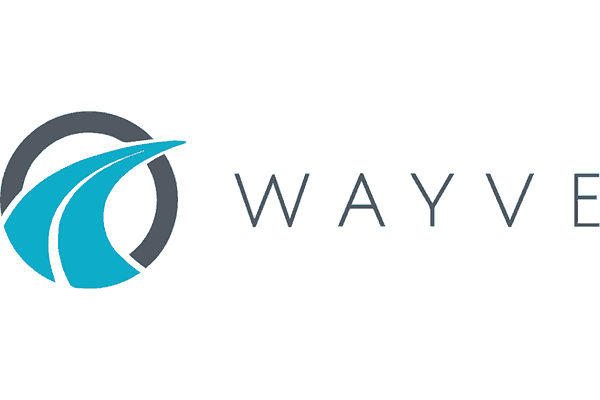The realisation of this dream is years away.
- Samsung held an event in San Francisco where it elaborated on its ambitions for mobile health.
- The timing of this event is very convenient with Apple’s developer conference due to kick off next week were a foray into mobile health is expected to be launched.
- Two main ideas were launched:
- First: Simband. This is a concept device into which sensors will be embedded to offer monitoring of heart rate, stress levels, blood glucose, blood pressure, oxygenation and so on.
- The device is not a Samsung-only device but also aims to embed sensors from other companies in order to maximise the capabilities of the device.
- Second: Sami. This is a cloud based offering where all the data is collected, stored and analysed.
- Sami is where the services that bring the device alive will be offered and offers Samsung an opportunity to get some traction as a provider of digital services.
- I have long believed that the case for this type of monitoring is very strong as it will be able to have a significant impact on healthcare costs which is becoming a critical problem in economies with ageing populations.
- However, the biggest problem is the sensors themselves.
- To offer this kind of monitoring, large amounts of clunky equipment have to be attached to the patient and I suspect that it is going to be a very long time before sensors are sufficiently small, reliable and unobtrusive enough to be constantly worn.
- Even the simplest biometric data such as the heartbeat cannot be reliably monitored in a device that’s simple and unobtrusive to wear.
- This is why the Samsung Gear Fit and the Galaxy S5 will only take the users pulse at a specific time. They will not monitor it over an extended period.
- This is because the laser technology used to monitor the heart rate is notoriously unreliable.
- This shortcoming basically ensures that the launch of cloud platforms and apps to track a user’s vital signs is putting the cart before the horse.
- Users are not about to start manually entering all their data into an application and because there will be no continuous monitoring; the idea currently has no value.
- This is why the most interesting area of this part of the tech industry is in the development of the sensors such that they are capable of fulfilling this dream.
- Here Samsung is very well placed as the DNA of the entire company is based on making other company’s ideas better, smaller and cheaper.
- How to monitor these vital signs is well known but doing so in an unobtrusive and reliable way is still pretty far away.
- Hence, I am expecting a lot of noise in this area this year but very little substance.
- This is a great area for Samsung but it will never offset the large decline in handset profitability that RFM sees coming in the next four years (see here).
- Hence, RFM expects earnings to decline for 4 years and thinks that holdings should be reduced to finance increased positions in Google.









Blog Comments
Tatilsever
May 30, 2014 at 12:16 am
How accurate do you need these devices to be? Pedometers or fitbit/up type of devices are not very accurate either, but they are accurate enough to tell whether you need to exercise more this week. The heart monitors may not be accurate enough to say whether your heart rate is exactly 70.5 bpm at the moment, but they can be accurate enough to catch trends that may correlate with events big and small in your daily life. Just like the best camera being the one you have with you rather than the pricey SLR you left at home, the best monitoring tool may be the one you have with you, even if it is not as accurate as a diagnostic tool that sits in doctor’s office.